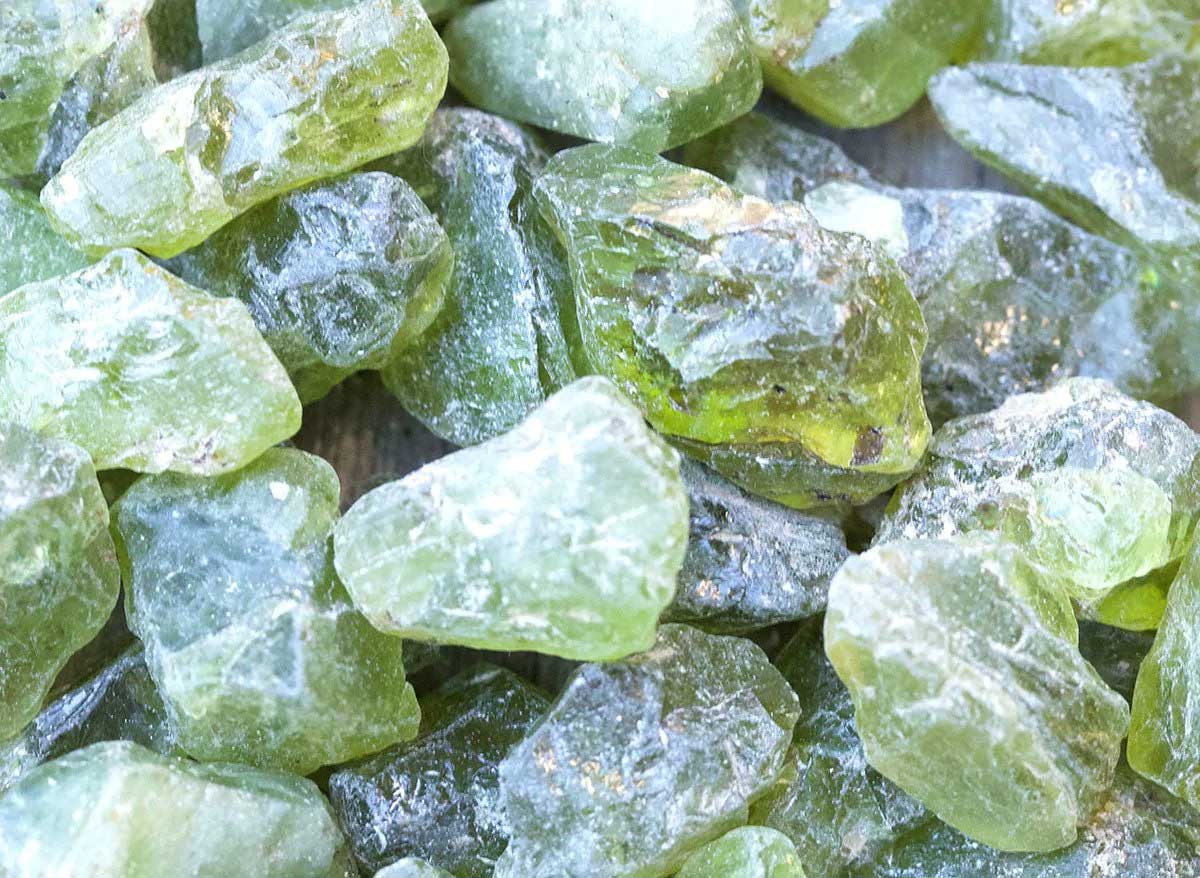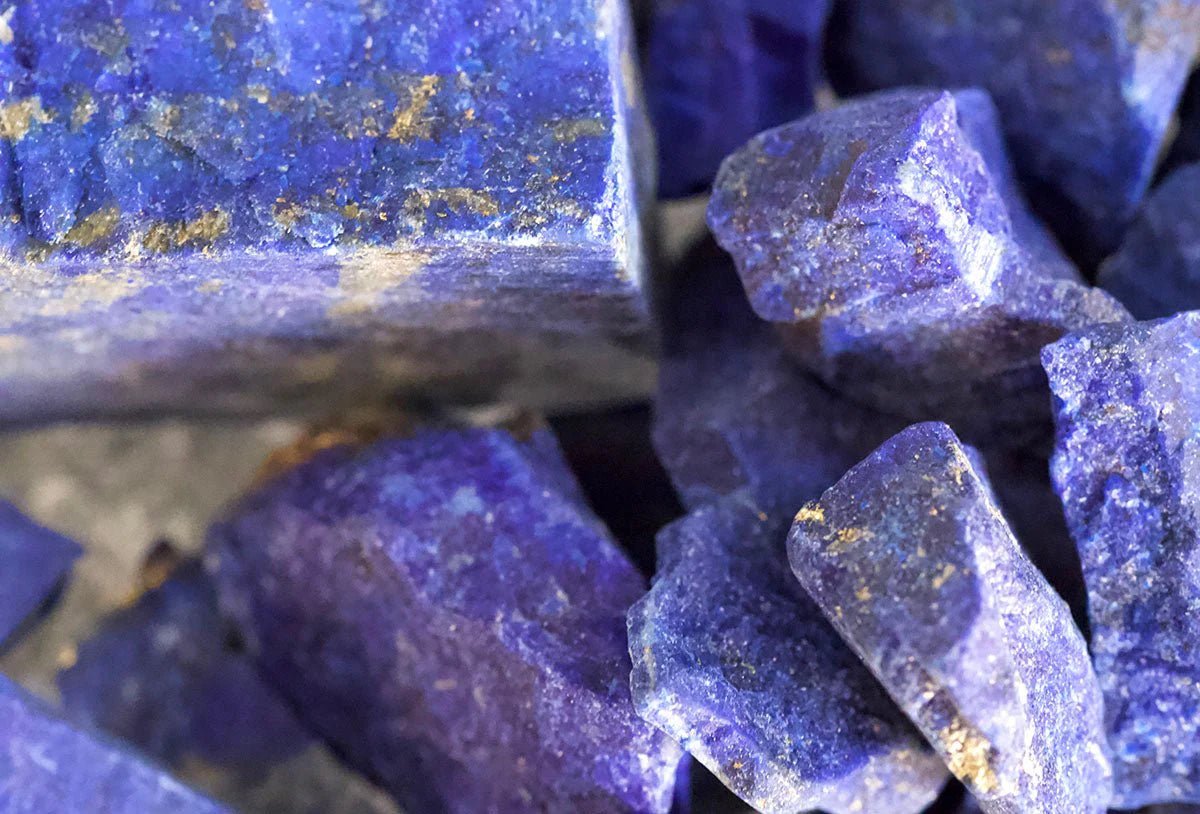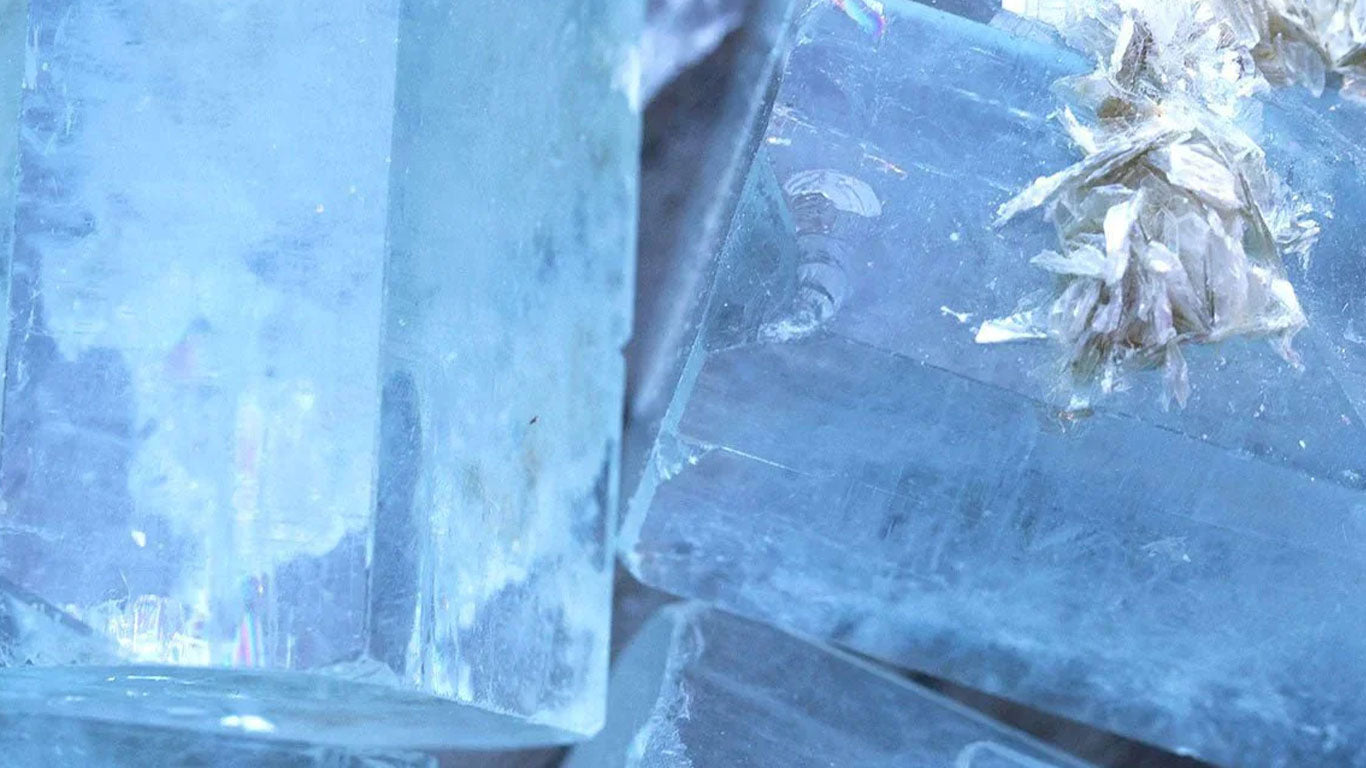
Exploring the Beauty of Peridot Jewelry: A Look into its History
Peridot may not have the instant brand recognition of diamonds or rubies, but don't let that fool you. Peridot not only has a fascinating history, but its gorgeous green hue can also compete with any gem under the sun! Peridot is perhaps the only gemstone in the world that only occurs in one color - Olive Green. Although the intensity of this green will vary depending on iron content, with lower iron comes lower intensity green.

Ancient Egyptians Love of Peridot
The Egyptians sourced their peridot from St John's Island for thousands of years until the mines and island were mysteriously abandoned, throwing the mines into obscurity. They remained this way until 1905 when they were rediscovered! The Egyptians treasured peridot, naming it the 'gem of the sun' owing to the beautiful radiance that seems to emanate from within the gem, giving the impression that the sun itself was contained inside the gem. Though it only occurs in olive green, these hues can be almost yellow-green in some instances.

Peridot's Alias: Evening Emerald
This radiance emanating from within the peridot has given rise to the nickname 'evening emerald'. Peridot glows under artificial light and one Egyptian legend has it that peridot was mined for the royal treasury of the pharaoh, where the miners were made to work day and night because peridot's glow made it visible even in the darkness of nightfall.
Peridot may seem rather straightforward to us now with modern geology, but this wasn't always the case. For starters, we can trace the blame back to the Ancient Greeks. They used to call St John's Island Topazios, due to the presence of a 'yellow-hued' gemstone that turned out not to be topaz whatsoever, but peridot!

It certainly appears that this happened with our beloved peridot, as Cleopatra's famed emerald collection was almost sure to have been at least some peridot if it was not ALL peridot. This muddling up of emerald and peridot continued long after Cleopatra and well into the Medieval days!

Peridot in Medieval Times
Medieval Europe continued the Egyptian tradition of peridot appreciation and emerald confusion. One of the most well-known peridot mix-ups is to be found in Germany at the breathtaking Shrine of The Three Holy Kings at Cologne Cathedral. The shrine, completed in 1225, is adorned with many peridot gems which were long thought to be emeralds.
This is rather typical of the era as many churches and church goods were incorrectly labeled 'emerald'. This confusion even extends into Biblical scholarship and theology, with some scholars believing that peridot was one of the gemstones adorning the Breastplate of Aaron, again in place of emerald.

The Changing Names of Peridot
Another name that was used for peridot is 'Chrysolite', which is derived from the ancient Greek word from Ancient Greek χρῡσόλιθος (khrūsólithos), from χρῡσός (khrūsós, “gold”) + λίθος (líthos, “stone”). Again this seems to date back to a time when gems were distinguished mostly by their color. Gemologists today would be able to differentiate between topaz, chrysolite, and peridot although you may still see the names peridot and chrysolite used interchangeably.
The famous gemologist George Frederick Kunz was the first to notice the discrepancies between what were thought to be emeralds in many church treasures all around Europe. These of course turned out to be peridot!

Burmese Peridot
Burmese peridot is a precious stone in high demand that is prized for its deep green hue and remarkable clarity. These peridot gems, which are mainly found in Myanmar's (formerly known as Burma) Mogok region, are prized for their great quality and vivid colors. Large, clear stones from Burmese peridot are among the finest in the world and are highly coveted by both jewelers and collectors. Burmese peridot is a distinctive and lovely addition to any jewelry collection because of its vivid green hue, which is brought about by iron's presence in the crystal structure. Burmese peridot is a fantastic choice if you're looking for a magnificent piece of jewelry or a rare gemstone for your collection.

Peridot From Outer Space
These gems are highly prized by both collectors and scientists because of their distinctive production process, which distinguishes them from the peridot that can be found on Earth. These however are extremely rare so do not expect to see some up for sale!

Peridot Birthstone
Peridot is traditionally given as a gift to celebrate a 16th anniversary and it is considered the birthstone for August. Peridot is a 6.5-7 on the Mohs hardness scale meaning it is just slightly less hard than topaz, although certainly no less beautiful.
We source our peridot from Arizona in the United States and Pakistan respectively. You can order your own piece of peridot jewelry from our ready-to-wear section here.



